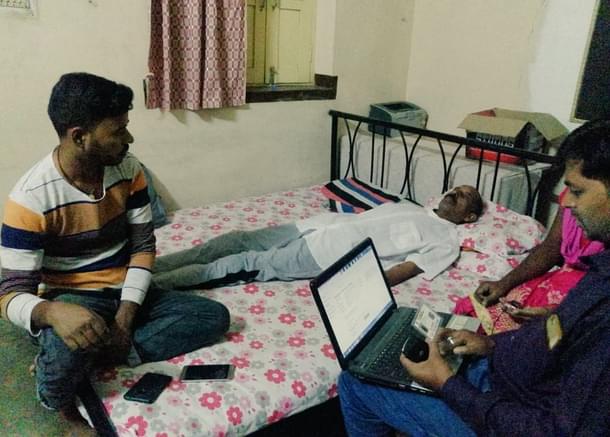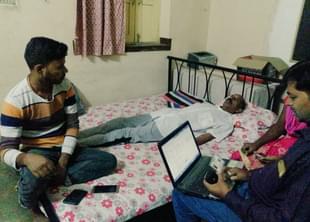Insta
Coronavirus: MCI, NITI Aayog Formulate New Telemedicine Guidelines For Virtual Consultations
IANS
Mar 26, 2020, 03:32 PM | Updated 03:32 PM IST
Save & read from anywhere!
Bookmark stories for easy access on any device or the Swarajya app.


At a time when social distancing amid nationwide lockdown has kept people confined to their homes, the Medical Council of India (MCI) along with Niti Aayog has formulated new guidelines for registered medical practitioners to deliver telemedicine consultation to patients via utilising various technologies.
There has been concern on the practice of telemedicine in the country and lack of clear guidelines has created significant ambiguity for registered medical professionals, raising doubts on the practice of telemedicine.
The new guidelines aim to address such concerns and empower registered doctors to reach out to patients safely.
According to the guidelines, the delivery of healthcare services, where distance is a critical factor, by all healthcare professionals using information and communication technologies is critical "for the exchange of valid information for diagnosis, treatment and prevention of disease and injuries, research and evaluation, and for the continuing education of health care providers.
"Disasters and pandemics pose unique challenges to providing health care. Though telemedicine will not solve them all, it is well suited for scenarios in which medical practitioners can evaluate and manage patients," read the guidelines.
A telemedicine visit can be conducted without exposing staff to viruses/infections in the times of such outbreaks.
Telemedicine practice can prevent the transmission of infectious diseases, reducing the risks to both health care workers and patients. Unnecessary and avoidable exposure of the people involved in the delivery of healthcare can be avoided using telemedicine and patients can be screened remotely.
There are three primary modes: video, audio or text (chat, messaging, email, fax etc.)
Each one of these technology systems has their respective strengths, weaknesses and contexts, in which, they may be appropriate or inadequate to deliver a proper diagnosis.
"It is, therefore, important to understand the strengths, benefits as well as limitations of different technologies. Broadly, though telemedicine consultation provides safety to the registered medical practitioners from contagious conditions, it cannot replace physical examination that may require palpation, percussion or auscultation; that requires physical touch and feel. Newer technologies may improve this drawback,' said the guidelines.
"A Registered Medical Practitioner is well positioned to decide whether a technology-based consultation is sufficient or an in-person review is needed. Practitioner shall exercise proper discretion and not compromise on the quality of care," said the MCI-Niti Aayog report.
Patient consent is necessary for any telemedicine consultation.
If, the patient initiates the telemedicine consultation, then the consent is implied while an explicit patient consent is needed if a Health worker, RMP or a caregiver initiates a telemedicine consultation.
"There may be situations where in order to reach a diagnosis and to understand the context better; a real-time consultation may be preferable over an asynchronous exchange of information," said the report.
Similarly, there would be conditions where an RMP could require hearing the patient speak, therefore, a voice interaction may be preferred than an email or text for a diagnosis.
There are also situations where the RMP needs to visually examine the patient and make a diagnosis. In such a case, the RMP could recommend a video consultation.
"Health systems that are invested in telemedicine are well positioned to ensure that patients with COVID-19 kind of issues receive the care they need,' said the new guidelines.
The new telemedicine guidelines provides norms and protocols relating to physician-patient relationship; issues of liability and negligence; evaluation, management and treatment; informed consent; continuity of care; referrals for emergency services; medical records; privacy and security of the patient records and exchange of information; prescribing; and reimbursement; health education and counselling.
This news has been published via Syndicate feed. Only the headline has been changed.




